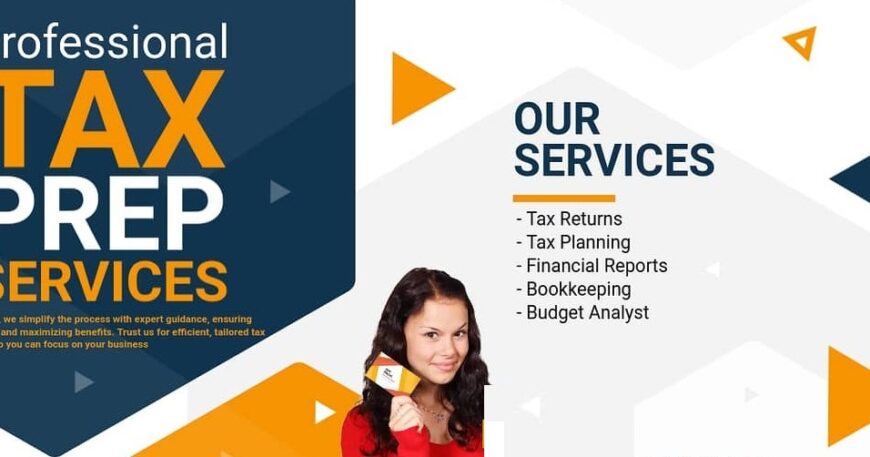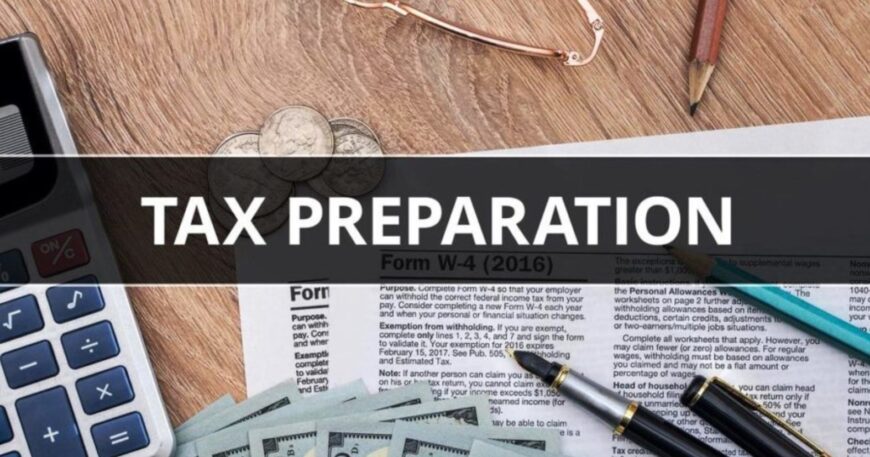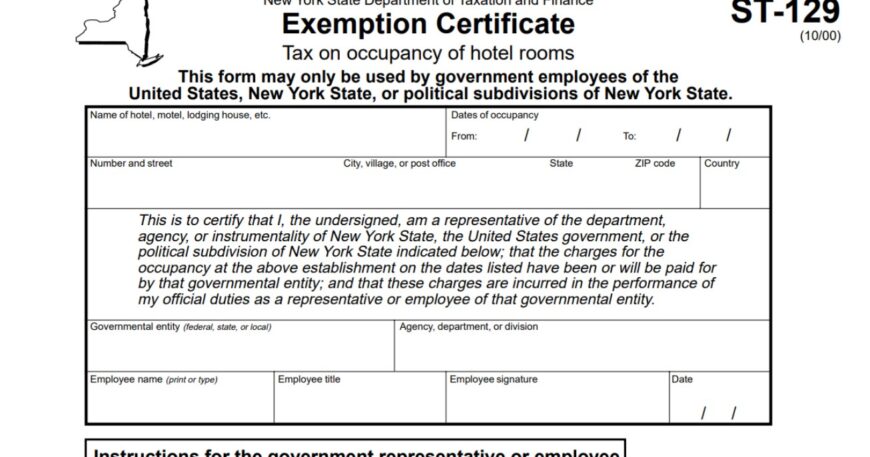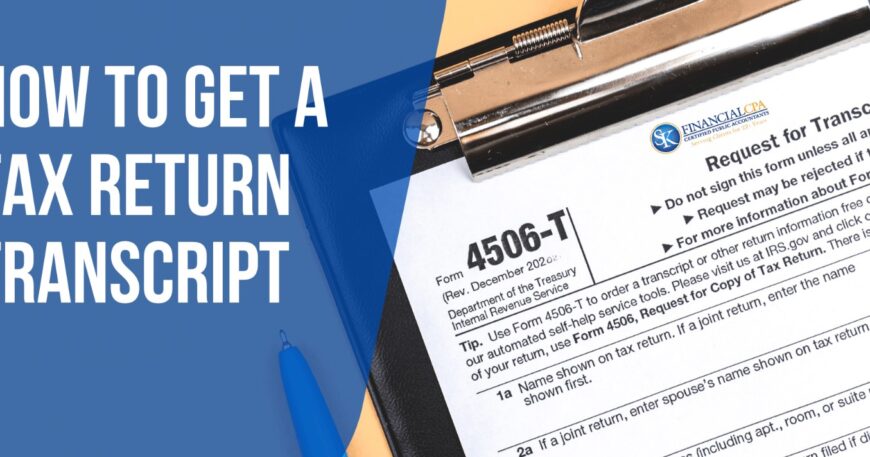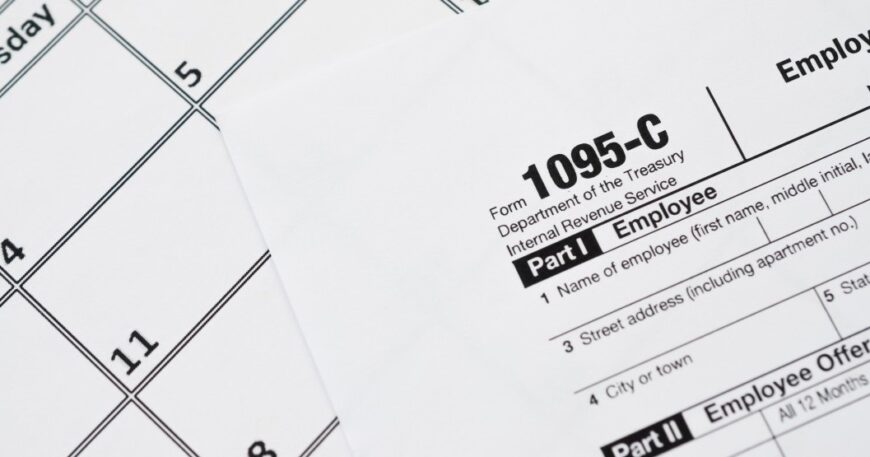Understanding Property Tax: A Comprehensive Guide to NYC, NJ, and More
Property taxes are a crucial aspect of home ownership, and understanding how they work is essential if you are a homeowner, investor, or business owner. In this article, we will investigate what property tax is, discuss the specifics of property taxes in New York City (NYC) and New Jersey (NJ), define personal property taxes, and […]




